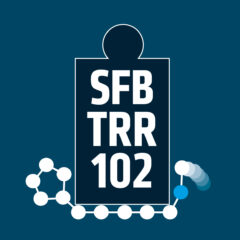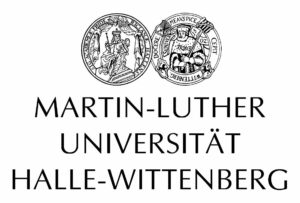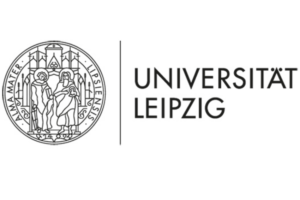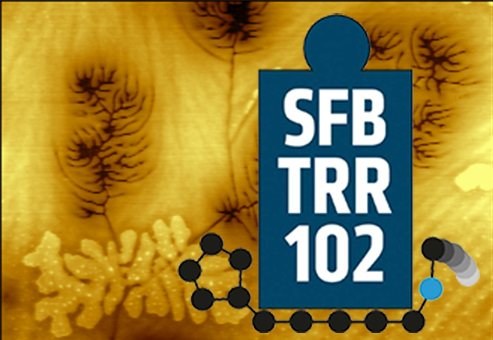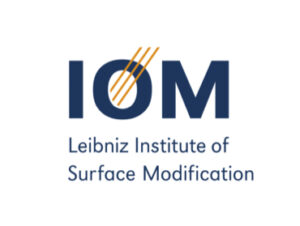Final report of the SFB TRR 102: A virtual issue dedicated to our Collaborative Research Center SFB TRR 102 “Polymers under multiple constraints: restricted and controlled molecular order and mobility” featured in Macromolecular Journals.
Summary of the research program
The rich versatility and the variable properties and functions of macromolecules are based on the one hand on a large variety of different monomers but on the other hand on the fact that polymers are able to self-assemble in organized structures, encoded in the chemical sequence of the polymer chains. In simple cases of self-assembly, the only constraint is the chain connectivity, leading to the existence of largely universal properties independent of the specific chemistry. But there are many important open and challenging problems in polymer science which are characterized by strong correlations between local structure and global conformation of the chain. In the CRC TRR 102 we investigate such processes of structure formation and self-assembly of chain molecules, for which the formation of molecular structures and the molecular dynamics are affected in addition to connectivity by constraints, such as specific internal interactions, external forces, geometrical confinement, crowding or topological restrictions.
Two prominent examples for such processes and central topics of the CRC are crystallization in the area of synthetic polymers and the formation of amyloids in the area of biopolymers. In both cases larger scale structures form, driven by the formation of local molecular order and constrained by the connectivity of the chains. The resulting structures are thus only partially ordered and of nanoscopic size in one or several directions. Both processes have universal features, but different from crystallization, amyloid formation is connected to specific interaction. In the CRC we studied these and other related processes of structure formation and the properties of the resulting structures with the aim to work out and understand the fundamental, underlying physical principles. To achieve this we combined expertise from chemistry, experimental and theoretical physics, and biophysics using a large variety of experimental techniques and theoretical approaches based on simulations on different scales and levels of complexity.
